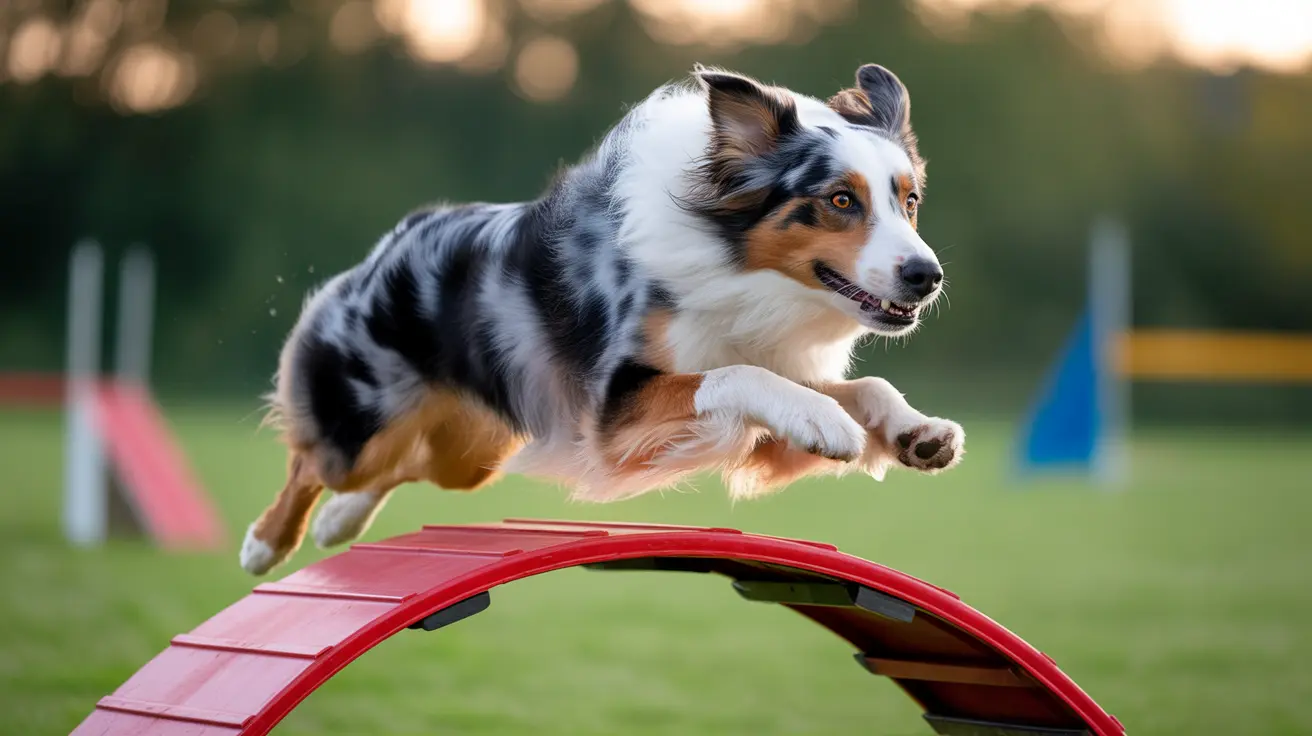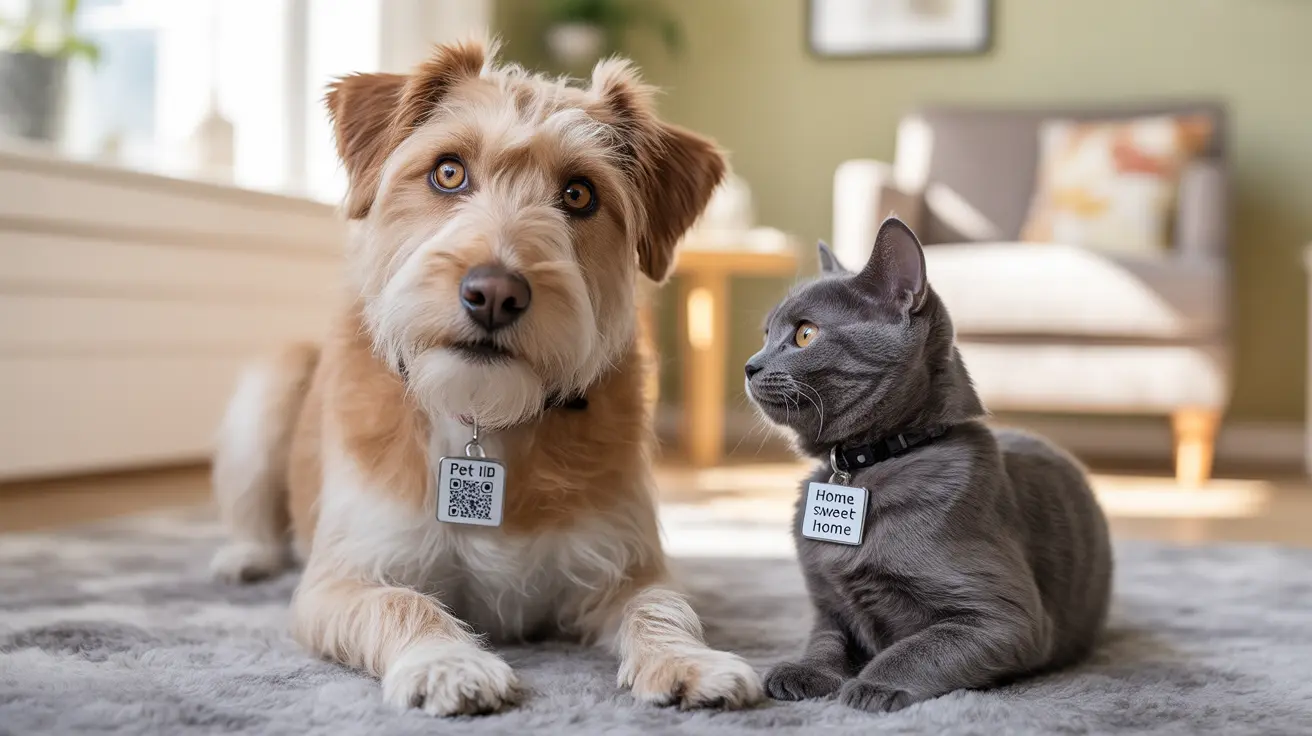Dog Sports Activities for Dogs and Owners: The Ultimate Guide to Fun, Fitness, and Bonding
Dog sports activities for dogs and owners have become increasingly popular as pet parents seek meaningful ways to bond with their furry companions while providing essential physical exercise and mental stimulation. These competitive activities go far beyond simple fetch or daily walks, offering structured environments where dogs can showcase their natural abilities while strengthening their relationship with their handlers. Whether you're looking to channel your high-energy dog's enthusiasm or simply want to try something new together, dog sports provide an excellent avenue for both physical fitness and behavioral development.
The world of dog sports is incredibly diverse, ranging from high-intensity activities like agility and flyball to more relaxed pursuits such as scentwork and trick training. What makes these activities particularly appealing is their accessibility – many dog sports welcome mixed breed dogs alongside purebreds, and there are options suitable for dogs of all ages, from energetic puppies to senior dogs with joint considerations. The emphasis on positive reinforcement training techniques ensures that participation remains enjoyable while building confidence and improving overall obedience.
This comprehensive guide will explore the most popular dog sports activities, helping you understand how to choose the right sport based on your dog's breed, temperament, and physical capabilities, while providing practical insights for getting started in this rewarding world of canine athletics.
Popular Dog Sports Activities for Every Dog and Owner
Agility: The Gateway Sport for Active Dogs
Agility stands out as one of the most recognizable and accessible dog sports activities for dogs and owners. This dynamic sport involves dogs navigating obstacle courses that include jumps, tunnels, weave poles, and contact obstacles like A-frames and dog walks. What makes agility particularly engaging is that dogs must complete the course guided only by their owner's voice commands and body language, creating an incredible display of teamwork and communication.
The beauty of agility lies in its adaptability – many elements can be recreated at home using household items, making it an excellent starting point for beginners. Dogs of all sizes can participate, with jump heights adjusted according to the dog's size at the withers. The sport emphasizes positive reinforcement training methods, building confidence while improving focus and obedience.
Scent-Based Sports: Tapping into Natural Abilities
Scentwork and mantrailing represent some of the most mentally stimulating dog sports activities available. Scentwork involves dogs learning to detect and locate specific scents, while mantrailing focuses on dogs using their noses to find a person. These sports are particularly valuable because they tap into dogs' natural abilities and are suitable for dogs of all ages and physical abilities.
What makes scent-based sports especially appealing is their inclusivity – older dogs, those with joint issues, and even dogs with certain disabilities can excel in these activities. The emphasis on dog-led pace and decisions in mantrailing allows dogs to work at their comfort level while building confidence and mental acuity.
High-Energy Sports for Active Partnerships
For owners and dogs seeking more vigorous exercise, sports like flyball, bikejor, and dock diving provide excellent outlets for high-energy breeds. Flyball is a fast-paced relay race where dogs sprint down a course, retrieve a ball from a spring-loaded box, and race back to their handlers. This sport combines speed, agility, and teamwork in an exciting competitive format.
Bikejor involves dogs pulling cyclists using specialized harnesses, offering vigorous exercise that satisfies the pulling instincts of many breeds. These endurance sports like canicross (running with dogs) and skijöring (skiing with dogs) create opportunities for shared fitness activities that benefit both dog and owner.
Choosing the Right Dog Sport Based on Your Dog's Characteristics
Breed Considerations and Natural Instincts
Selecting appropriate dog sports activities for dogs and owners requires careful consideration of breed characteristics and individual temperament. Herding breeds like Border Collies and Australian Shepherds often excel in agility and herding trials, while breeds with strong scenting abilities like Beagles and Bloodhounds naturally gravitate toward scentwork and tracking activities.
However, it's important to remember that individual dogs may defy breed stereotypes. A Labrador Retriever might surprise everyone by excelling in agility, while a typically high-energy breed might prefer the mental challenges of trick training or scentwork over physical pursuits.
Age and Physical Condition Factors
Puppies require gentle introduction to dog sports, focusing on bonding and confidence-building without overexertion. Activities like basic trick training and puppy agility (with lowered or removed jumps) provide excellent starting points. Adult dogs in their prime can handle more demanding sports like competitive agility, flyball, or bikejor.
Senior dogs benefit from low-impact alternatives such as canine hoopers, which involves courses of hoops, barrels, and tunnels without jumping requirements. Pilates for dogs aids in strengthening muscles, joints, and tendons, making it particularly beneficial for older dogs or those with health conditions.
Getting Started: Practical Training Tips for Beginners
Building Foundation Skills
Beginning your journey in dog sports activities requires establishing strong foundation skills through basic obedience training. Dogs should have reliable recall, sit, stay, and down commands before progressing to sport-specific skills. The emphasis should always be on positive reinforcement techniques, avoiding punishment while building your dog's confidence and enthusiasm for learning.
Start with short training sessions of 5-10 minutes to maintain your dog's attention and prevent frustration. Gradually increase session length as your dog's focus and skills improve. Remember that consistency and patience are key to successful training in any dog sport.
Equipment and Setup Considerations
Many dog sports can be adapted for home practice using household items. For agility, broomsticks can serve as jumps, cardboard boxes as tunnels, and traffic cones for weaving practice. This approach allows you to gauge your dog's interest before investing in professional equipment.
When ready to advance, organizations like the American Kennel Club (AKC), United Kennel Club (UKC), and North American Dog Agility Council (NADAC) provide resources for proper equipment specifications and training guidance.
Health Benefits and Safety Considerations
Physical and Mental Health Advantages
Participation in dog sports activities for dogs and owners provides numerous health benefits for both parties. Dogs experience improved cardiovascular fitness, muscle strength, and coordination. The mental stimulation involved in learning and performing complex tasks helps reduce behavioral problems often stemming from boredom or excess energy.
Owners benefit from increased physical activity, especially in sports like canicross, bikejor, and agility handling. The shared experience strengthens the human-dog bond while providing opportunities for socializing with other dog sport enthusiasts.
Safety Precautions and Injury Prevention
Before beginning any dog sport, ensure your dog receives veterinary clearance, particularly for high-impact activities. Dogs should be physically sound and free from conditions that might be exacerbated by specific sports. Regular conditioning and warm-up exercises help prevent injuries during training and competition.
Pay attention to weather conditions, especially during endurance sports like bikejor or canicross. Hot weather can lead to overheating, while cold conditions may require special considerations for certain breeds. Always prioritize your dog's well-being over competition goals.
Community and Competition Opportunities
Building Connections Through Dog Sports
Dog sports foster strong communities among participants, offering opportunities for socializing, friendship, and shared enjoyment of canine athletics. Local clubs and training facilities provide supportive environments for beginners while offering advanced training for competitive participants.
Competitions range from informal fun matches to regional and national events sanctioned by organizations like the AKC, UKC, and specialized sport organizations like the National Association of Canine Scent Work (NACSW). These events provide goals to work toward while celebrating the achievements of dogs and handlers at all skill levels.
Advancing in Dog Sports
As you and your dog develop skills and confidence, opportunities for advancement include earning titles, participating in championships, and even becoming instructors or judges. The journey through dog sports often leads to lifelong friendships and a deeper understanding of canine behavior and training principles.
Many participants find that success in one sport opens doors to others, creating a rich tapestry of activities that evolve with their dog's changing needs and interests throughout their lifetime together.
Frequently Asked Questions
What dog sports are best for beginners?
Trick training, basic agility, and scentwork are excellent starting points for beginners. These sports emphasize positive reinforcement, require minimal equipment initially, and can be adapted to any dog's skill level. They also help build fundamental communication and bonding between dog and owner.
Can mixed breed dogs participate in dog sports?
Yes, many dog sports welcome mixed breed dogs alongside purebreds. Organizations like the AKC offer programs specifically for mixed breeds, and sports like agility, scentwork, and dock diving are open to all dogs regardless of breeding. The focus is on the individual dog's ability and enthusiasm rather than pedigree.
How do I know if my senior dog can participate in dog sports?
Senior dogs can definitely participate in appropriate dog sports activities. Consult with your veterinarian first, then consider low-impact options like canine hoopers, scentwork, trick training, or adapted agility with lower jumps. These activities provide mental stimulation and gentle physical exercise suitable for older dogs.
What safety precautions should I take when starting dog sports?
Always get veterinary clearance before beginning any sport, start with basic obedience training, use positive reinforcement methods, and begin with short training sessions. Ensure proper warm-up and cool-down routines, monitor your dog for signs of fatigue or stress, and choose appropriate weather conditions for outdoor activities.
How much time should I dedicate to dog sports training?
Begin with short 5-10 minute training sessions 2-3 times per week to maintain your dog's interest and prevent overwhelming them. As skills develop, you can gradually increase session length and frequency. Consistency is more important than duration – regular short sessions are more effective than infrequent long ones.
Do I need special equipment to start dog sports at home?
Many dog sports can begin with household items – broomsticks for jumps, cardboard boxes for tunnels, and treats for scentwork. This allows you to explore your dog's interests before investing in professional equipment. As you advance, sport-specific equipment becomes beneficial for proper training and safety.
How do dog sports help with behavioral problems?
Dog sports provide essential mental stimulation and physical exercise that often address the root causes of behavioral issues like excessive barking, destructive chewing, or hyperactivity. The structured training involved builds focus, impulse control, and strengthens the bond between dog and owner, leading to better overall behavior at home.
Conclusion
Dog sports activities for dogs and owners offer an incredible opportunity to transform your relationship with your canine companion while addressing their physical and mental needs. From the teamwork required in agility to the natural instincts celebrated in scentwork, these activities provide structured ways to challenge, exercise, and bond with your dog. The diversity of available sports ensures that every dog-owner team can find activities suited to their interests, abilities, and lifestyle.
Whether you're seeking competitive goals or simply want to enrich your dog's life with engaging activities, the world of dog sports welcomes participants of all skill levels. By starting with appropriate foundation training, prioritizing safety, and choosing sports that match your dog's characteristics, you'll embark on a rewarding journey that enhances both your lives. The communities formed around these activities often become lifelong sources of friendship and support, making dog sports not just about the activities themselves, but about building connections with fellow dog enthusiasts who share your passion for canine companionship.






